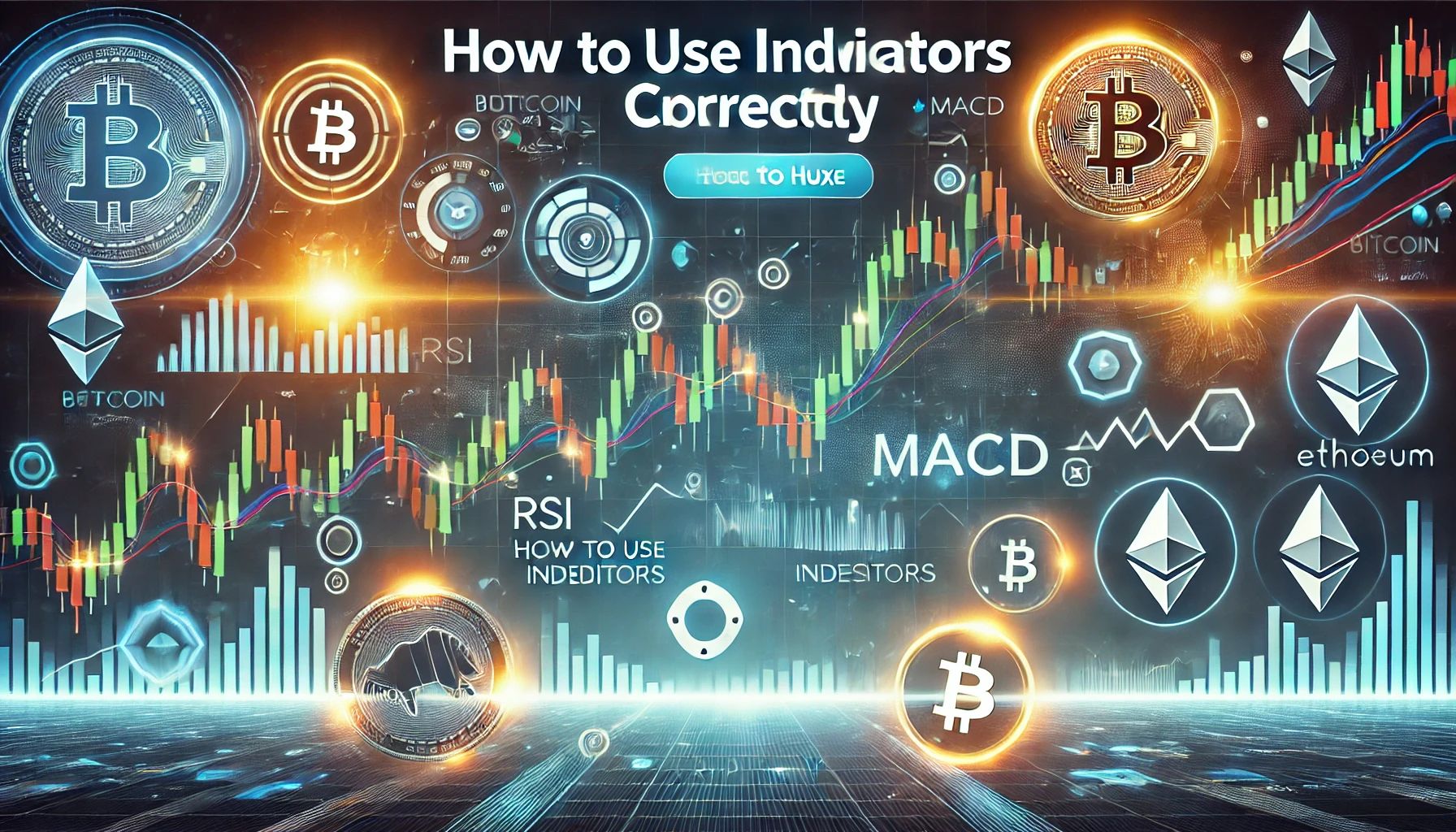Technical analysis is a method of predicting prices in financial markets based on the study of historical data on prices and trading volumes. It is widely used by traders to analyze markets such as cryptocurrencies, stocks, and commodity markets. Instead of analyzing the internal value of an asset, technical analysis focuses on price movements and market patterns that can help predict future price behavior.
Key Principles of Technical Analysis
1. Everything is reflected in the price: According to the theory of technical analysis, all information—from news to market psychology—is already accounted for in the current market price. This means that the current price of an asset reflects all possible factors affecting its value.
2. Prices move in trends: Technical analysis assumes that price movements generally follow trends. This means that prices tend to keep moving in one direction until significant changes in market conditions occur.
3. History repeats itself: The analysis of past price behavior helps predict future movements. The psychology of traders and algorithmic trading often lead to similar patterns that can be observed again and again.
Key Tools of Technical Analysis
1. Price Charts: Charts provide visual representations of price movements over a certain period. The most popular types of charts include candlestick charts, line charts, and bar charts.
2. Indicators and Oscillators:
• Indicators help traders understand market conditions, such as moving averages (MA), Bollinger Bands, or RSI (Relative Strength Index).
• Oscillators are used to identify overbought or oversold assets, such as MACD (Moving Average Convergence Divergence) or Stochastic Oscillator.
3. Support and Resistance: These are price levels where an asset typically encounters difficulty breaking through. Support is the level at which the price tends to stop falling and start rising, while resistance is the level at which the price usually struggles to rise further.
4. Trendlines and Channels: These lines help determine the direction of a trend, as well as potential opportunities for entering or exiting the market. Trendlines are drawn through price peaks and troughs and help indicate the direction in which trades should be placed.
Types of Charts and Their Use
1. Candlestick Charts: These charts allow traders to easily observe price fluctuations and provide clear information about price directions and the importance of individual time periods.
2. Line Charts: Line charts display only closing prices over a specific time period and are useful for getting an overall picture of price movement.
3. Bar Charts: Similar to line charts but showing more information, including open, close, high, and low prices over a given period.
Why is Technical Analysis Important for Cryptocurrency Traders?
Technical analysis is especially useful for cryptocurrency traders because the cryptocurrency market is highly volatile and conditions change rapidly. Predicting prices using historical data and analyzing trends allows traders to make informed decisions about buying or selling cryptocurrencies.
1. Understanding Market Trends: Cryptocurrency markets often fluctuate depending on news and market sentiment. Technical analysis helps traders understand when a cryptocurrency is unlikely to continue an upward or downward trend.
2. Prediction Capability: By using tools such as moving averages and RSI, traders can make more accurate predictions and make informed decisions.
3. Flexibility: Technical analysis can be used across various timeframes—from minute charts to weekly and monthly charts. This allows traders to apply their strategies for both short-term and long-term trades.
Example of Technical Analysis on the Cryptocurrency Market
Let’s assume a trader uses the moving average to determine the trend direction on Bitcoin (BTC). When the price of BTC crosses the 50-day moving average from above, it might be a signal to sell. If the price crosses the 200-day moving average from below, it might be a signal to buy.
Conclusion
Technical analysis is a powerful tool for predicting price movements in financial markets. It helps traders make more informed decisions, minimizing emotional factors. For cryptocurrency traders, using technical analysis is an essential step for successful trading in volatile markets.


